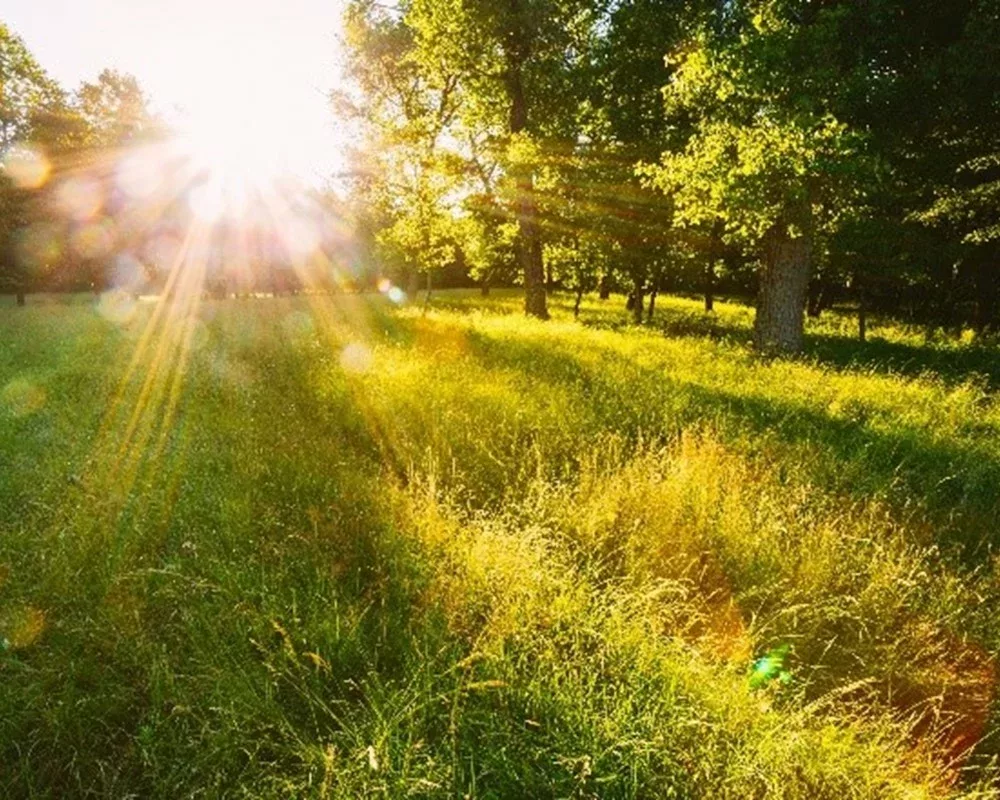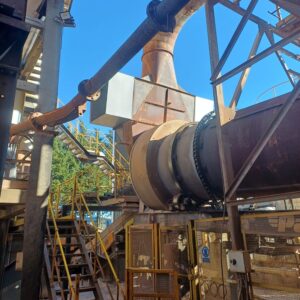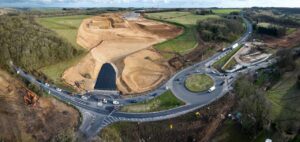By Richard Harris, Amey Account Director, Staffordshire
As a leading infrastructure service, the partnership between Staffordshire County Council and Amey fully understands the importance of sustainability and the impact it has on the environment and communities. The partnership has integrated various initiatives to reduce carbon emissions, enhance biodiversity and restore
Having been recognised recently for our sustainability efforts at numerous award events, Account Director for Amey, Richard Harris explains what success looks like for the partnership and how these actions, however big or small, are already adding value and making positive change.
Reducing vehicle emissions
Transportation is one of the biggest contributors to many organisation’s carbon footprint, and this is no different for Amey and Staffordshire County Council. With our ambitious targets, one of the ways the partnership is working towards our shared goals is through the Green Driver program. We implemented a reward system for eco-friendly driving behaviour, such as reducing idling time. Since the Green Driver campaign began in 2021, the anti-idling programme alone has saved the partnership 26.7 tonnes of CO2, as well as over £15k in fuel savings.
Moving to alternative fuels
Continually looking at ways to reduce our carbon footprint, we moved from conventional diesel to hydrogenated vegetable oil (HVO) on the majority of the winter gritting fleet last year (Winter 2022 -23). We have already seen savings of around 131 tonnes of CO2 in just one season, demonstrating 87% reduction in CO2 for the green gritter fleet. As Amey invests in its electric fleet and plant, as well as alternative fuel sources, these greener ways of working can help us meet our wider operational delivery demands, whilst progressing towards our energy reduction targets.
Using more recycled materials
The cultural shift to re-use and recycle as much as we can has become increasingly prominent. We aim to minimise the road materials that would traditionally go to landfill by introducing recycling processes to re-use the same materials. Reducing the amount of virgin materials improves the partnership’s carbon footprint and saves on both collection and waste disposal charges. We have an internal recycling process which recovers 95% of our excavated material that would normally go to landfill. This makes a financial saving, removes any landfill costs and reduces our carbon by minimising vehicle movements.
As part of our zero waste to landfill initiative, we apply the stone chip recovery process, where we recycle and recover aggregate materials from our highway’s maintenance operations. The aggregate is then crushed and screened at our depot into a reusable stone size that we can use on the Staffordshire road network.
Each surface dressing season (March – October), we require about 25,000 tonnes of stone. If we can recover 20% of that stone year-on-year to use the following season – it comes as a great environmental and financial gain and strengthens the partnership’s circular economy and efforts towards our net zero targets. We see savings of 550 tonnes of CO2 by carrying out this process and diverting from landfill.
It doesn’t stop there, our operational waste, for example: – general waste; metals; packaging etc. is recovered at a success rate of 80% and recycled locally.
Improving local biodiversity
Having delivered large projects, such as the £38.5m i54 Western Extension Road development, environmental ways of working were implemented to benefit the local communities affected by the schemes. We worked hard to minimise the number of vehicle movements to and from the site to remove surplus topsoil, by storing and value engineering the material for a number of landscaping and earth retaining walls. This saved approximately 6,000 wagon movements, equating to a saving of over 60,000 miles travelled.
Utilising a solar harvesting unit on-site also enabled some offices and welfare units to be run on battery power, saving 441 litres of diesel per week, and reducing noise pollution significantly, due to generators not being required. Of the 10,000 tonnes of stone excavated, 90% of stone was processed and re-used in the works.
Over 10,000 trees were planted across the site, enhancing ecology and biodiversity locally by monitoring newt, badger, and bat habitats. We translocated native hedgerows and soils from the woodland into new habitat areas and improved and extended natural habitats. Our environmental effort on this project didn’t go unrecognised, with the partnership being awarded a Certificate of Excellence from the Considerate Constructors Scheme, achieving 9/9 for our environmental performance.
Sensitively refurbishing old to new
Further major project work involved the 200-year-old, Grade II* listed Chetwynd Bridge, which needed careful restoration of ironwork and sympathetic paintwork reinstatement. To put this into perspective, Chetwynd Bridge is the largest surviving pre:1830s cast iron bridge in England and second largest in the world, bringing considerable challenges to the refurbishment scheme. The installation of a fully independent scaffolding, which proved challenging at times, helped reduce any risks of further damage to the historic bridge.
Aiming to reduce our energy usage, where we could, the site compound was also powered by the innovative Solartainer, where the site office and welfare facilities were powered predominantly through solar energy and batteries. Throughout the project, a total of 69.7 tonnes of CO2 were saved using the Solartainer, equating to £48k of fuel. This gave an overall project saving of £40k. The refurbishment now ensures the safe use of the bridge to traffic, as well as keeping with its historic status.
Social impact days generate natural restoration
Delivering sustainable infrastructure is at the forefront of our minds, recognising the need to restore natural ecosystems across local environments and enable communities to thrive. Having two social impact days per year, we utilised these to plant 1,000 trees at Cannock, accumulating to 60 tonnes of carbon being absorbed over the next 10 years growing period. The team also planted 1,250 trees at Raven Hill Park, Rugeley, accumulating to 75 tonnes of carbon being absorbed over the next 10 year growing period.
The trees act as a natural absorber for water by taking in water to roots and allowing rainwater to drip slowly to the ground, also assisting drainage systems and preventing flood plain issues. To put this into context, one hundred mature trees can capture up to 450,000 litres of water per annum. One day’s worth of oxygen for a family of four is provided by a single tree. The planting of trees in local communities also help protect local houses from winds, improve the local scenery and increase the use of space for the community.
Greener Future
As demonstrated through our efforts to reduce vehicle emissions, increase the use of recycled materials and through sensitively restoring natural environments, Amey and Staffordshire County Council are committed to sustainability and working towards reducing our carbon footprint. We’re delivering sustainable infrastructure solutions and working towards both organisation’s net zero targets. We have ambitious targets to reach and are continually looking for new initiatives to consider, test and implement, so we can together deliver a greener future for all





















